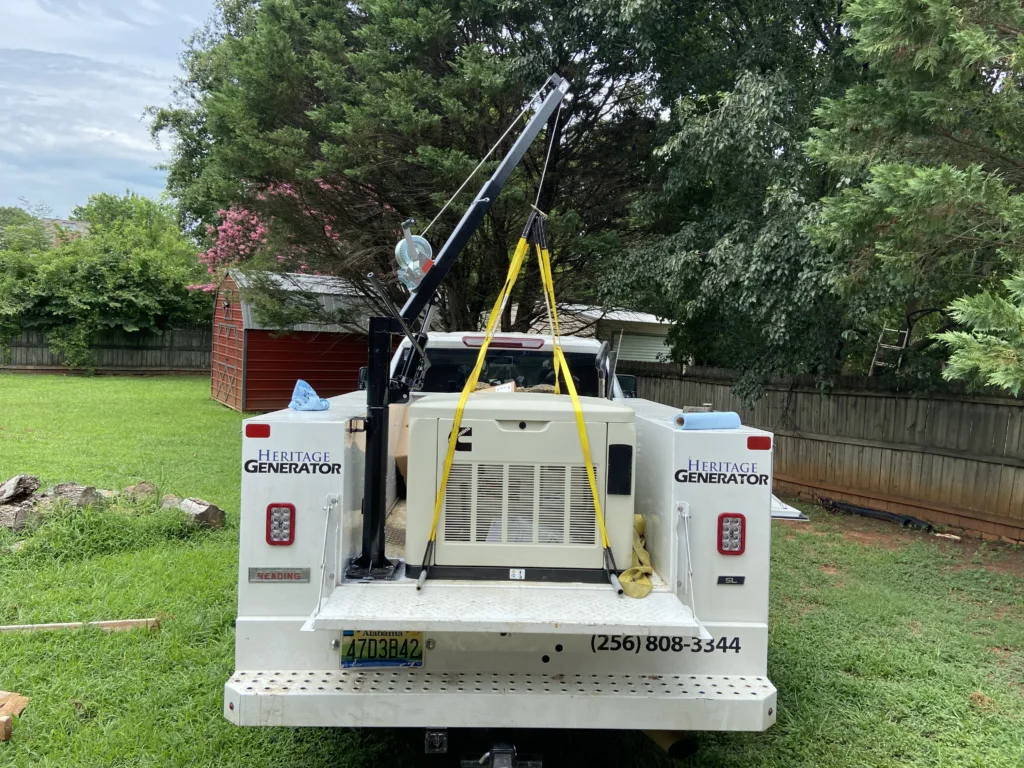A standby generator is an incredible machine that supplies electricity to your home when the power goes out. Your generator includes two main parts, an engine that powers the unit, and an alternator which makes electricity. This powerful combination of an engine and alternator is known as a generator set, or simply “generator”. Your generator also includes a small computer (controller) which monitors your home for power outages, handles starting and stopping, and adjusts the power output to match your appliances’ needs.
Another key part of your generator system is the automatic transfer switch, or ATS. This device is a large, electromechanical switch that transfers the home over to generator power, and back again when utility power is restored. A quality transfer switch should last the life of the generator itself.
When the power fails, your generator will start and the transfer switch will transfer within about 10 seconds. Once normal utility power is restored, your generator will wait for a few minutes to ensure utility power is stable before automatically shutting down. The entire sequence is seamless.
Even if there aren’t any power outages, your generator will test itself once a week. This test, known as an exercise cycle, lasts about 20 minutes and keeps the engine lubricated and moving parts clean. During an exercise, the transfer switch does not activate, so you won’t have to reset clocks or be disturbed by changes in power flow.

Your generator will run for days or weeks at a time, if necessary. Whether you choose to run the entire home, or just some essential circuits, your Tropical Generator engineer will explain all of the options to you.
Call Heritage Generator today at (256) 808-3344 for a free telephone estimate and info.
Click now for info or personal quote.
Ballpark pricing by email, schedule a visit, or receive a call. Your choice.
Get started with your generator today. –> Click Now.
